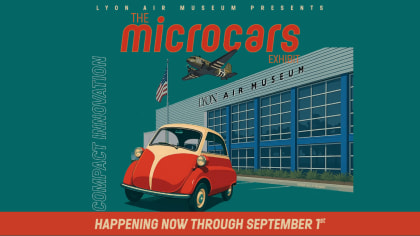Vehicle Review: 2020 Subaru Forester Limited
Published on Wed, Aug 12, 2020
By: Brian Kennedy
While the performance numbers are a bit low, the 2020 Subaru Forester Limited outshines the rest with build quality, intuitive features, and bang for your buck.
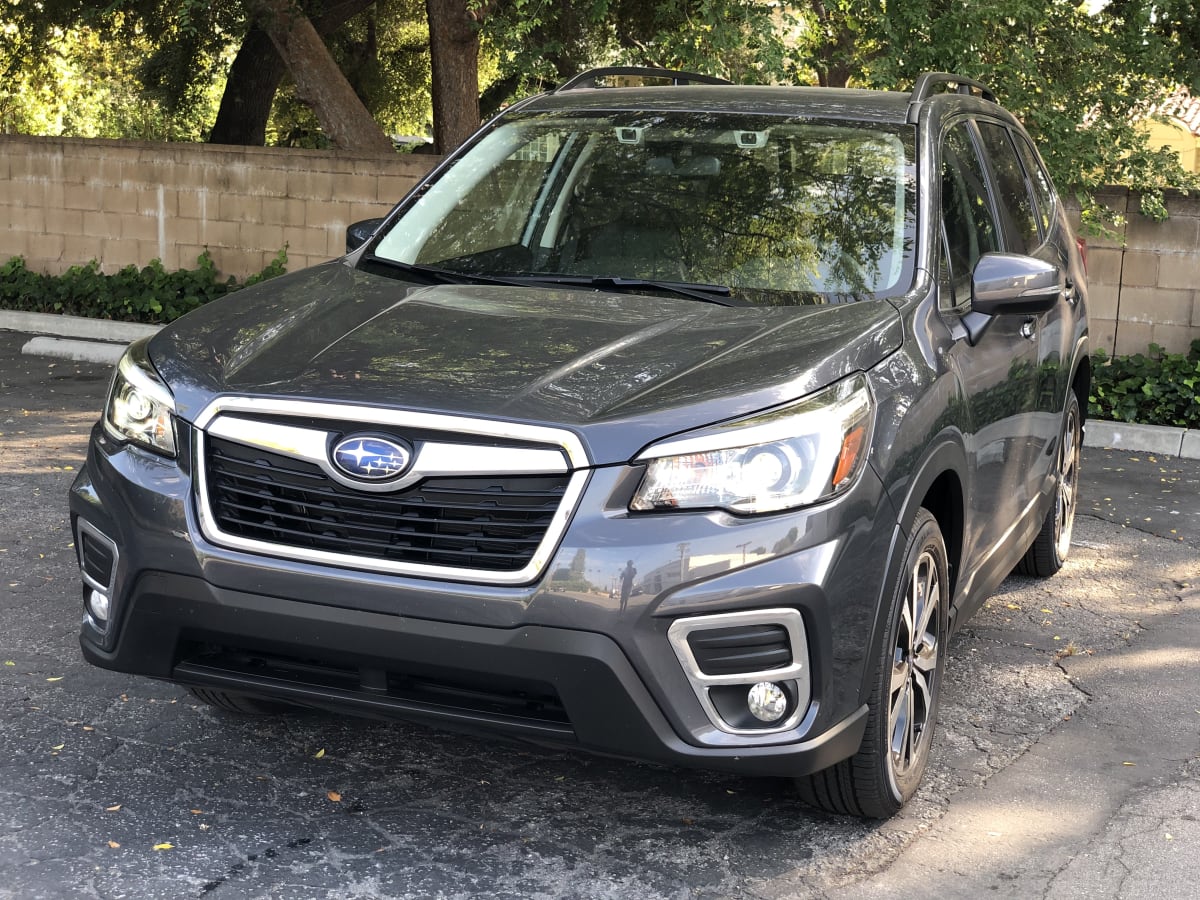
Twenty years ago, I worked for the company which produced Subaru’s point-of-sale promotional material, including their brochures. At the time, they labelled their Forester, an awkward, gangly, upright box, an SUV. I always thought that was nonsense. The Forester didn’t have Jeep-like qualities. It didn’t seem that rugged (though it was rock-solid reliable). If I’d bought one, I wouldn’t have taken it off-roading, which was kind of the criterion when an SUV was a truck like a Bronco, Suburban, or an International Harvester. No, the Subaru was more like a mini-van/station wagon hybrid.
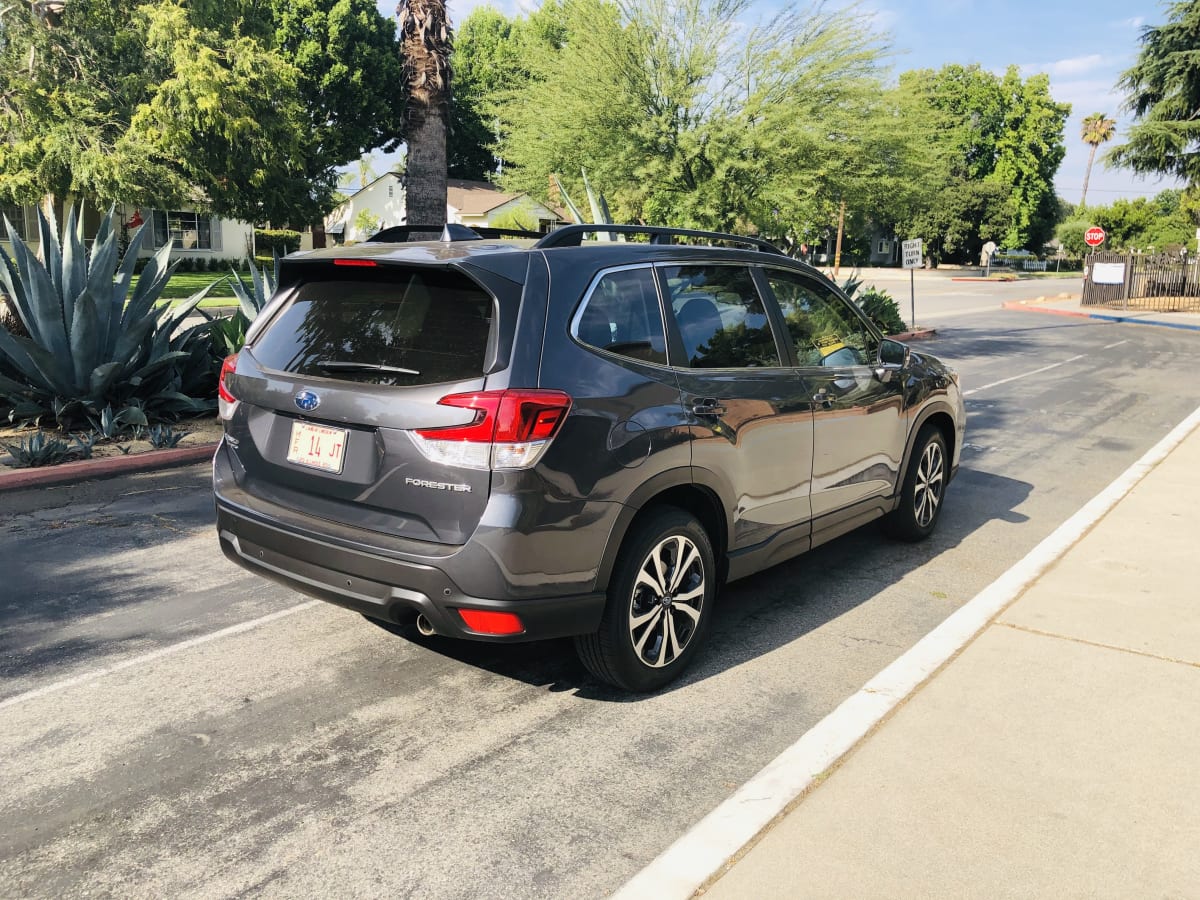
Oh, my, how times have changed. Though the contemporary Forester is no more like a mud-dog than the model ever was, the definition has rolled around to making the folks at Subaru of America right—this is what an SUV is nowadays.
I like the Forester that I drove for a week recently. The interior is molto-impressive. The buttons have a shiny veneer that says “quality.” Everything, and I do mean every last thing, works seamlessly and well, like they actually beta-tested the car in real use rather than just slapping the stuff the engineers want onto it. I never thought I’d hear myself saying this, but the only other company of the five or so I’ve driven lately who does this thorough a job before releasing their cars to the driving public is Kia.

So what’s so right about the Subaru? The radio is a dream, something which I wish the folks at rival Toyota would learn from. Everything’s simple and intuitive, like when you’re listening to a station, six digital pre-sets are displayed along the bottom of the radio display, so changing amongst your frequently used frequencies is super-easy. No track pad, no fuss. Just touch, and you’re there.
Other features: engine shut-off when you’re at a stoplight or in traffic, signalled by a little meter that pops onto the display in front of you and tells you the duration of the shutoff and the gallons saved, to the thousandths. This system only functions when the car decides that conditions for shutoff are met. Otherwise, a little “A” with a cross through it lights up so you know the Forester has thought the matter over and left itself running.
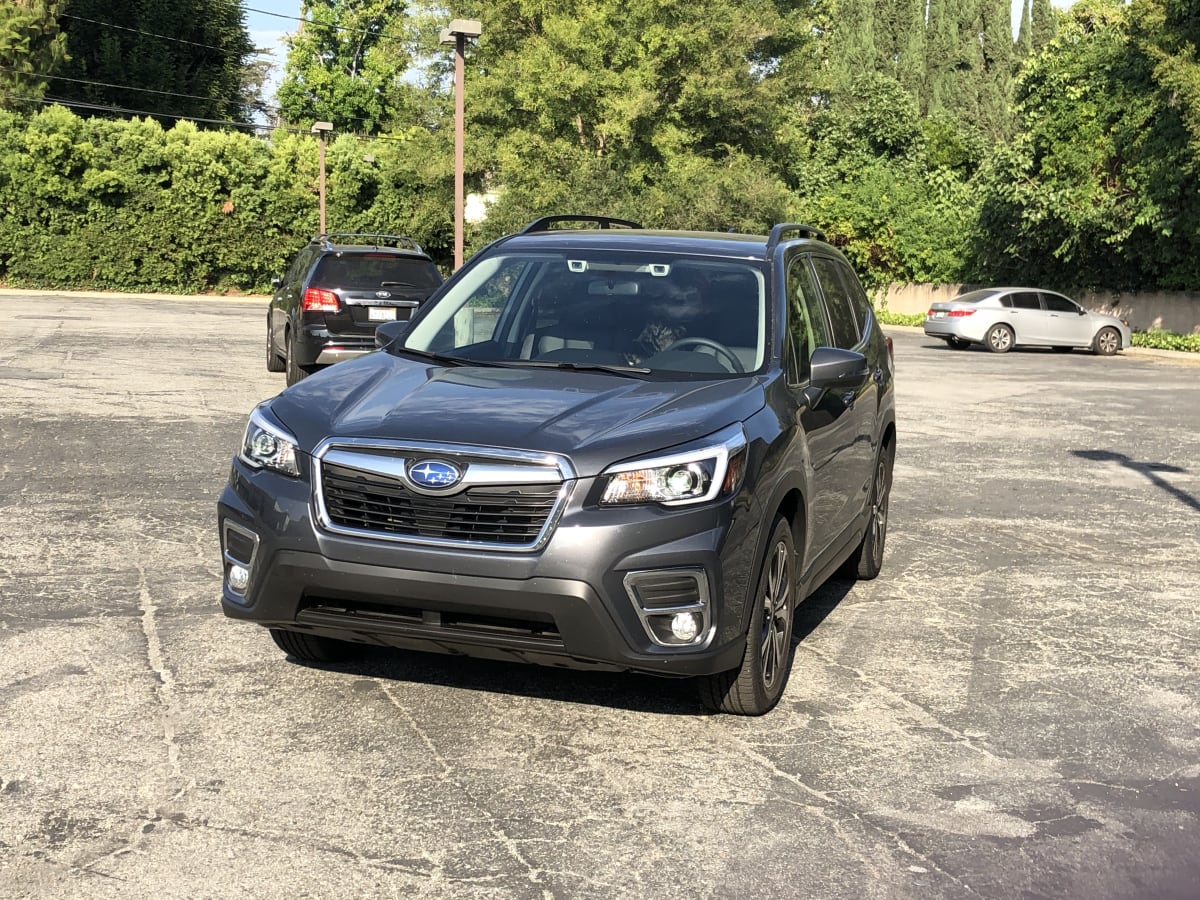
The display in front of you has a fuel conservation meter—bars that light either yellow to the left or green to the right. Also digital MPH, a graphic regarding the safety distance you’ve set if you’re using the collision avoidance cruise control, and other indicators.
The center top display has a lot of useful things, except when you’re in the collision avoidance cruise mode, in which case you lose half of them and have only time control information, outside temp, and then the bottom 2/3s is taken up with a graphic of a car driving—the signal that the avoidance system is on. I didn’t find this very useful.
Otherwise, you get miles to empty, with a graphic of a car driving towards a gas pump, the number of miles you can go on the current gas, the average mpg displayed as a number, and mpg as a bar graph. Fun and useful.
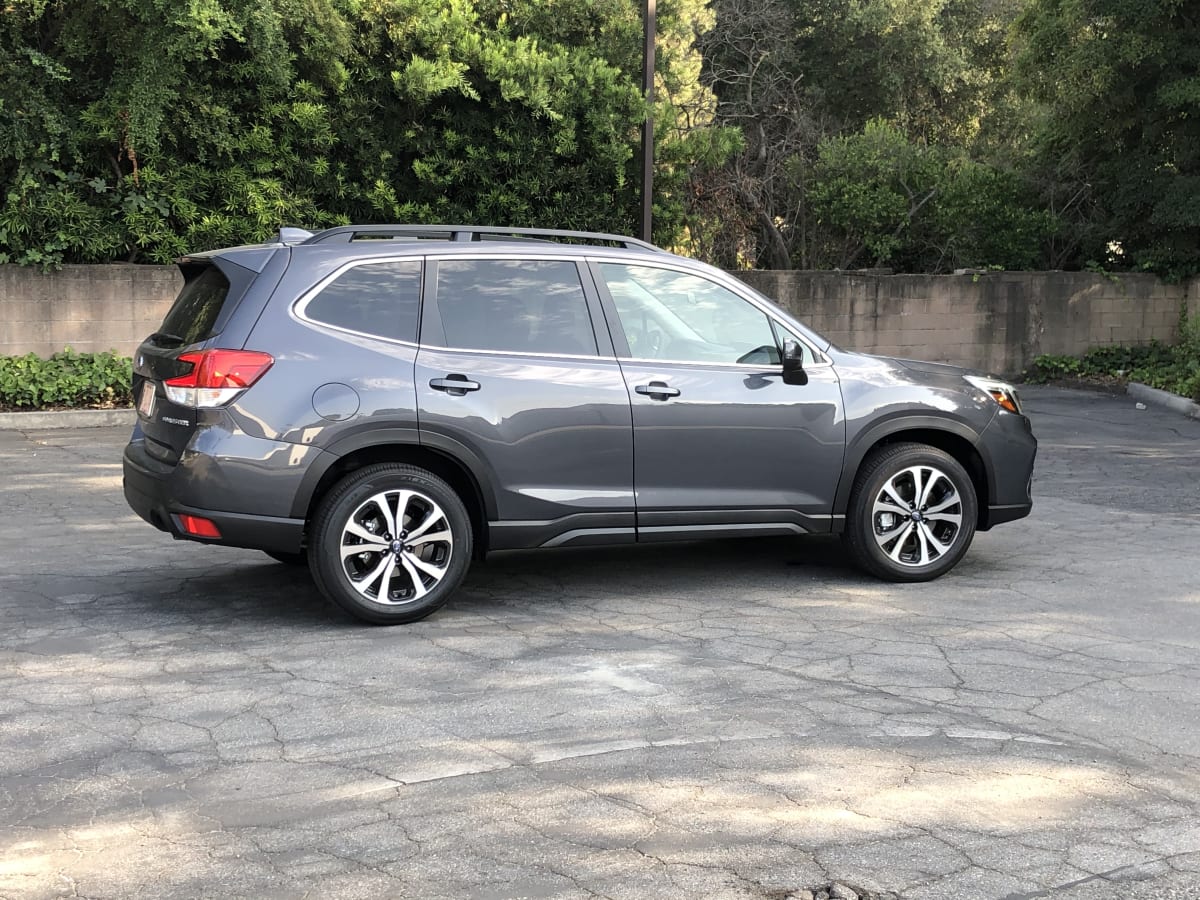
There’s also Subaru’s industry-leading commitment to safety as signalled by their EyeSight Driver Assist system, which encompasses radar cruise control and other features. The Forester also features PreCollision Braking, Blind Spot Detection and Rear Cross Traffic Alert, and Reverse Automatic Braking.
So it might be fair to say that nothing much can go wrong when you’re driving, but I still don’t love this vehicle on the road, because despite an impressive series of restyles that have made it appear longer and lower, and with a nicely sculpted set of flanks on it, it still has an upright, almost tippy quality when you’re driving it. To counter this, I put the seat down, down, down as low as it could go. Then what I felt was bounce. Bounce all over the place, like it was on balloon tires.
The engine, further, is thrashy and industrial when accelerating, and at 2.5 liters and just over 180hp, too small and vaguely on the limits of being underpowered. I mean—what has less than 200 horsepower these days? There’s no extra grunt, for instance, when heading up the onramp. It’s OK around town, though.
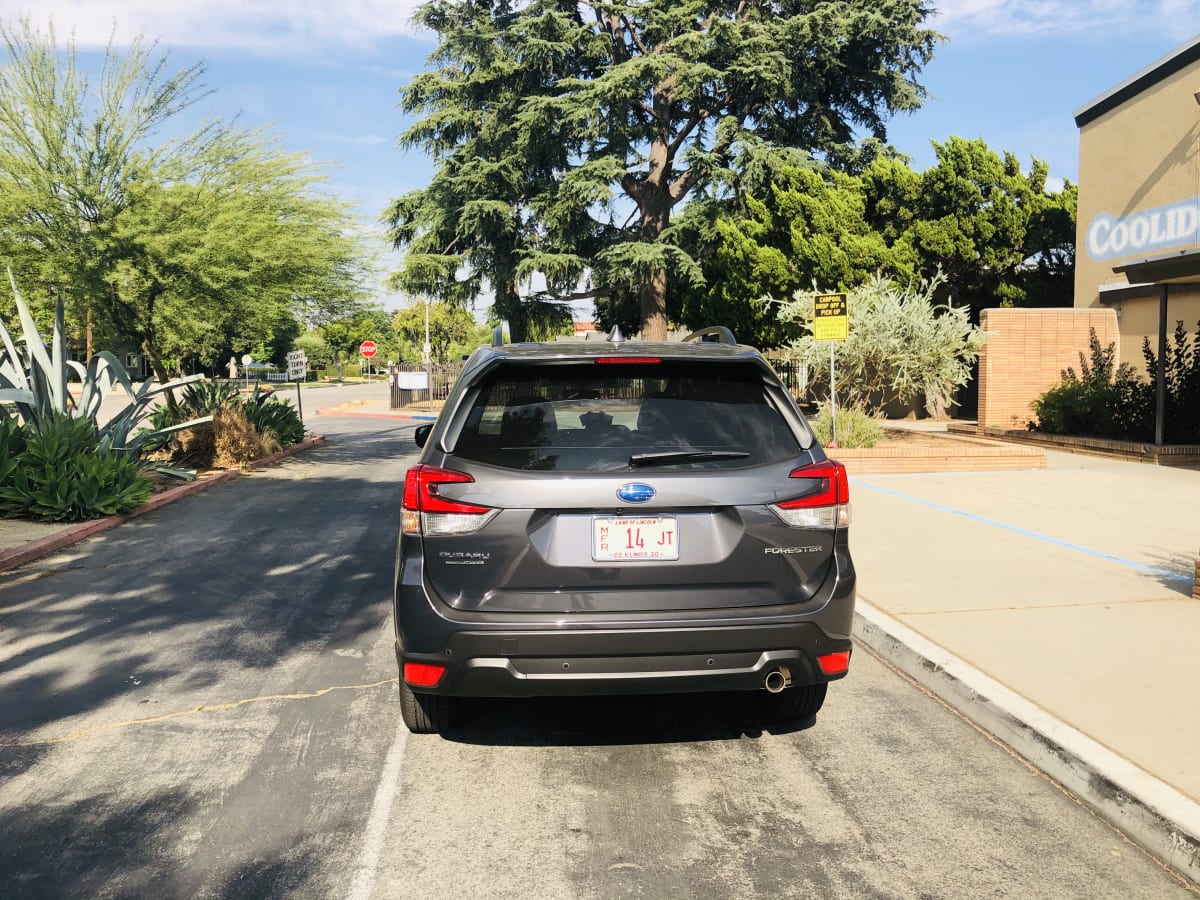
And in case you’re wondering, given that it’s so common to have drive-mode switches available in modern cars and SUVs, yes, Subaru has that. But you almost have to hunt for it. (They’re hidden to the right of the steering wheel.) There are three modes: Intelligent, Sport, and Sport Sharp. Regarding the latter, the manual might oversell just a bit: “[Sport Sharp] mode offers an exhilarating level of engine performance and control.” This mode offers more response to the throttle to “[Deliver] maximum driving enjoyment.” Yeah, not exactly.
But maybe most people don’t care about that stuff. If they did, they’d probably be shopping in another segment, like sports sedans. (They still make those, don’t they?) Rather than sporting demeanor, people who consider a mid-sized SUV want reliability and quality, good touch-points, safety, and features for the money.
OK, so now let’s talk SUV. For $33 grand, this car has a banquet of features. Aside from what’s been mentioned, there are leather-stitched seats, a panoramic power moonroof, dual mode AC, and stuff for the colder climates like heated front seats.
The visibility is superior, in my recollection, to that of a Honda CRV or Toyota RAV 4. The overall quality can’t be faulted. And look once more at that price number: for that cash, you get most everything, including a CVT and AWD, whereas the Honda/Toyota competition are just in their midrange of features for this price. A more-or-less similarly equipped RAV4 goes for around $38K.
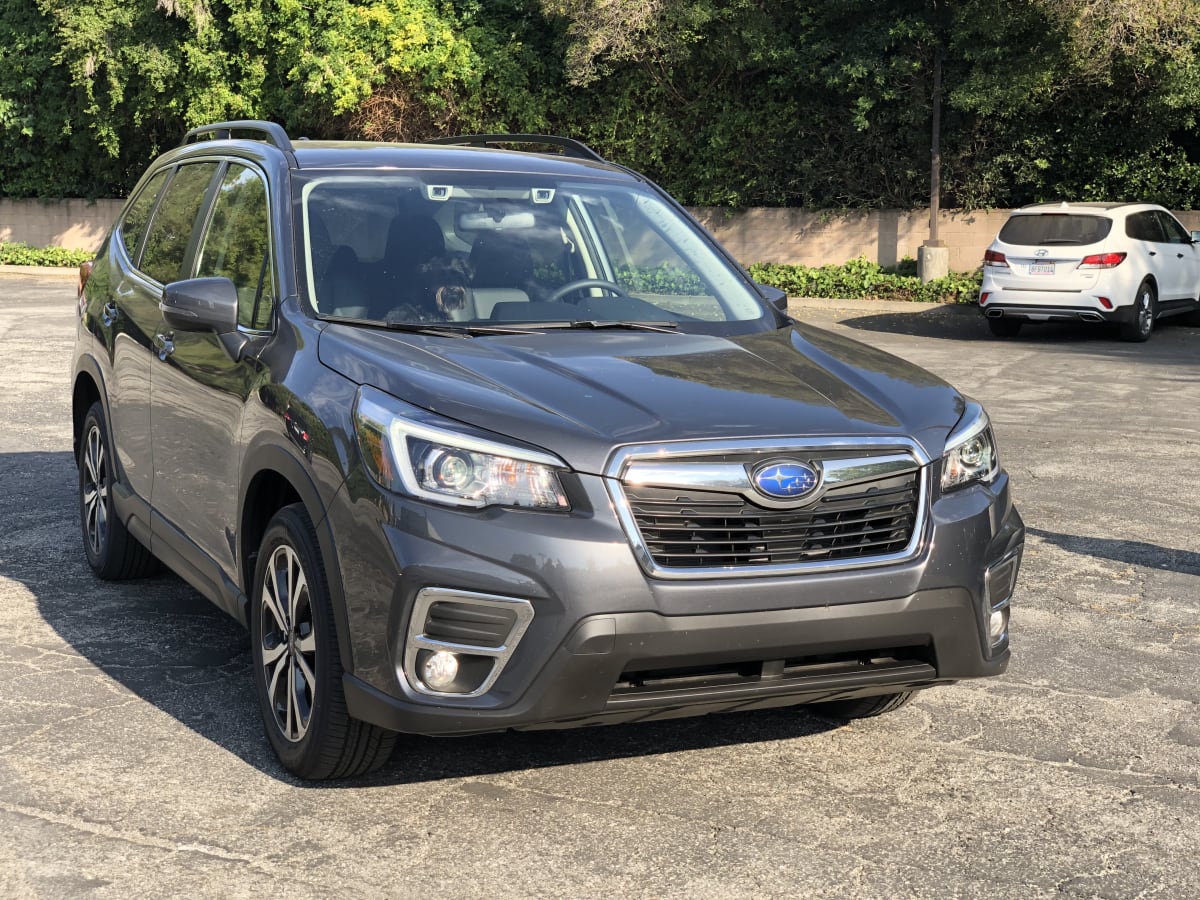
The other thing you get with the Subaru is an AWD system that’s long been proven and works so well that you’ll never know it’s underneath you, until, I suppose, you find yourself in rain or snow. Those are mostly events that never happen in my (Los Angeles) market—which is also why, when doing the job of product specialist for those brochures I mentioned above, it was always a struggle to come up with a new reason, new graphics, and new words, explaining why people needed AWD, when really, aside from in some traditional Subaru stronghold markets (rural mail carriers in Vermont or Wisconsin), they did not. But oh well—it’s there, it’s proven, and it works without you ever giving it a thought.
Cargo-wise, the Forester will hold a sizeable load, because the cargo area is not compromised by being cut down due to swoopy exterior styling, as on some competitors.
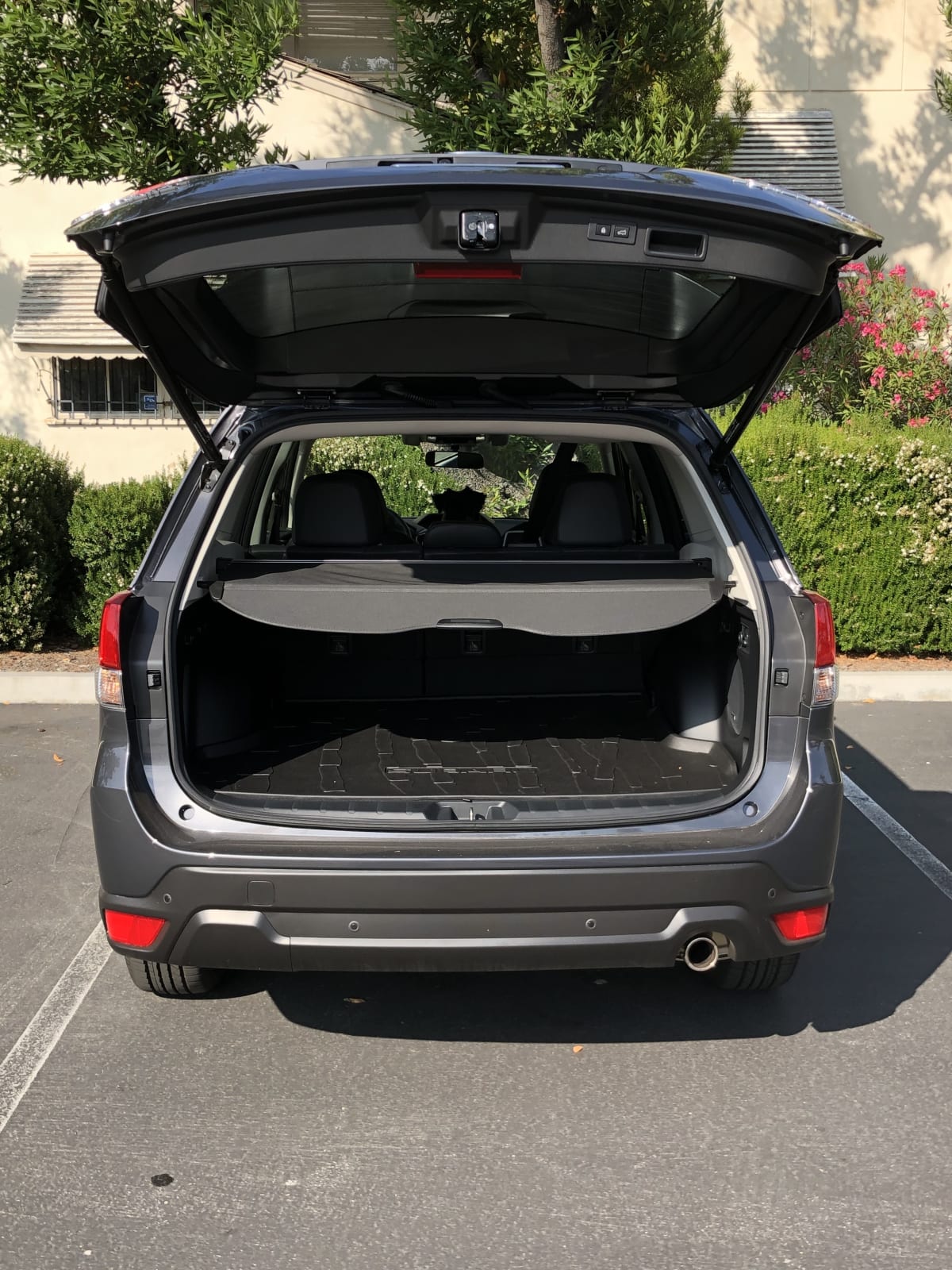
And the tailgate does a couple of tricks. One is the typical smart Subaru logic—there’s a single button that locks the doors, lowers the tailgate, and locks it, so you’re all done rather than having to also lock the car after emptying your cargo. You can also set the height to which the tailgate opens. I’m not exactly sure why you need this, but it at least shows they’re thinking. Maybe the idea is that a less-open tailgate takes less time to close?
The rear seats are more than useful in terms of size, ingress/egress, and comfort.
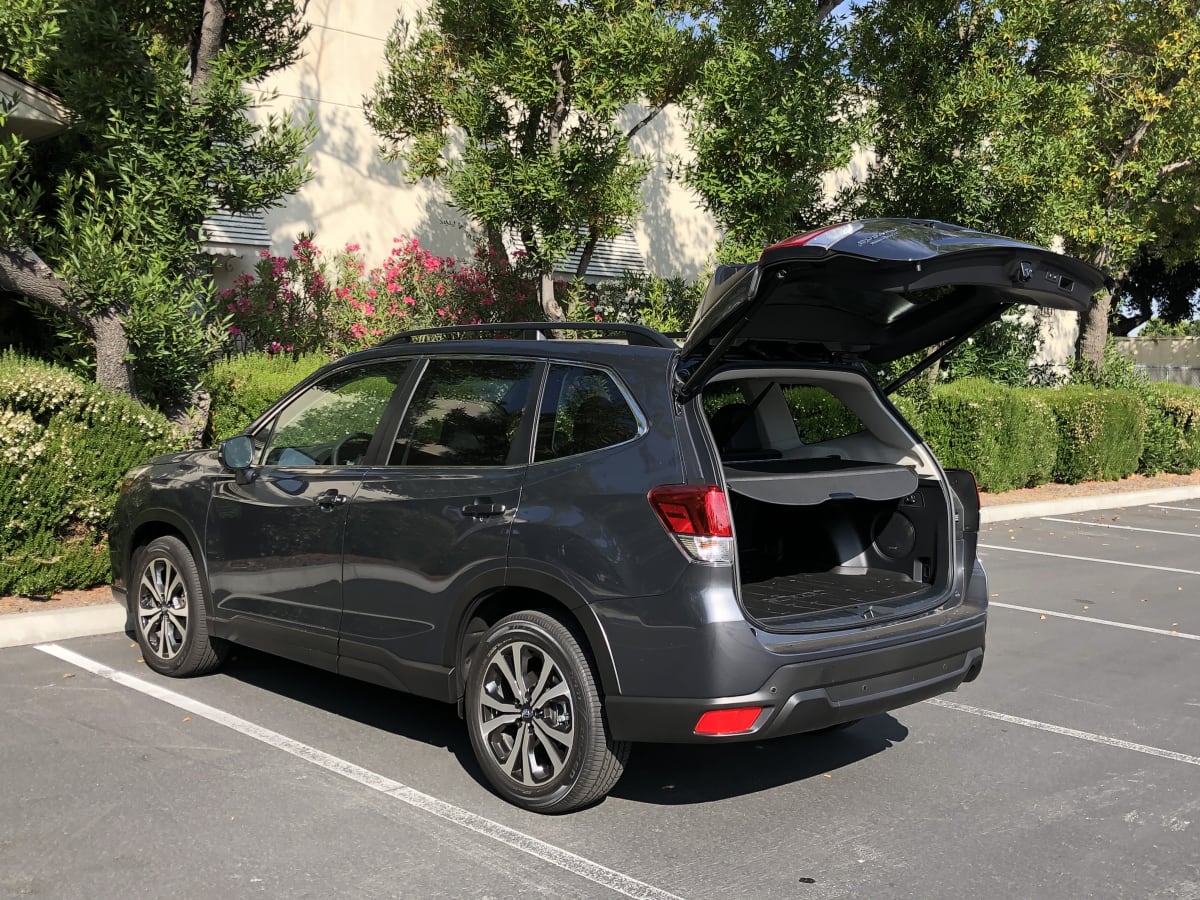
To go back to the beginning, let me say it again: this car will surprise you with its plenitude of features for the money, and if the past holds any lesson, the Forester will both last forever without breaking and keep you pretty happy in the resale department as well. It’s just that most folks don’t resell theirs. They like them too much. And that’s because they’re properly designed and engineered, not because of their 0-60 mph times.
To learn more, please visit https://www.subaru.com/.




